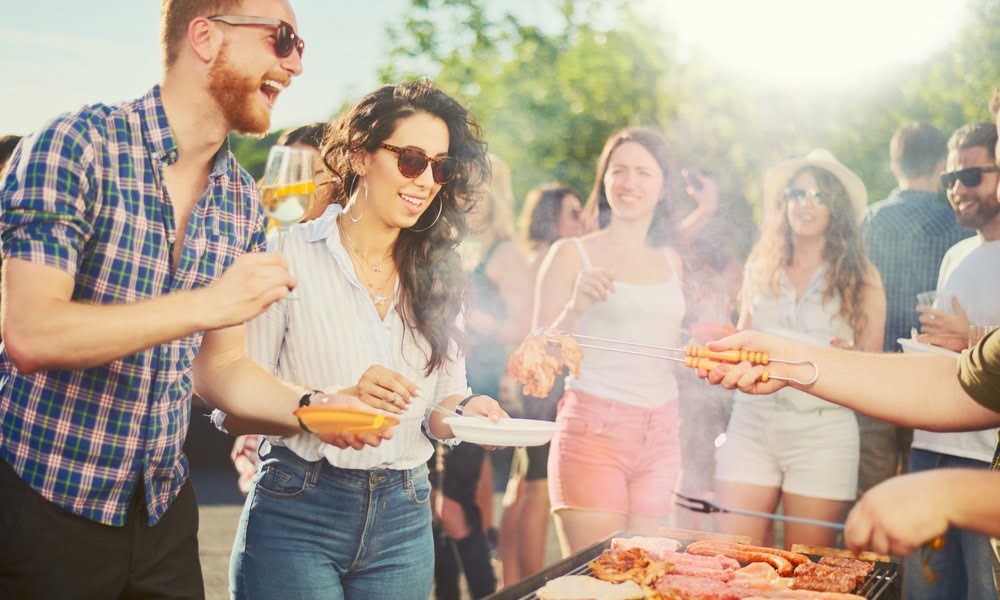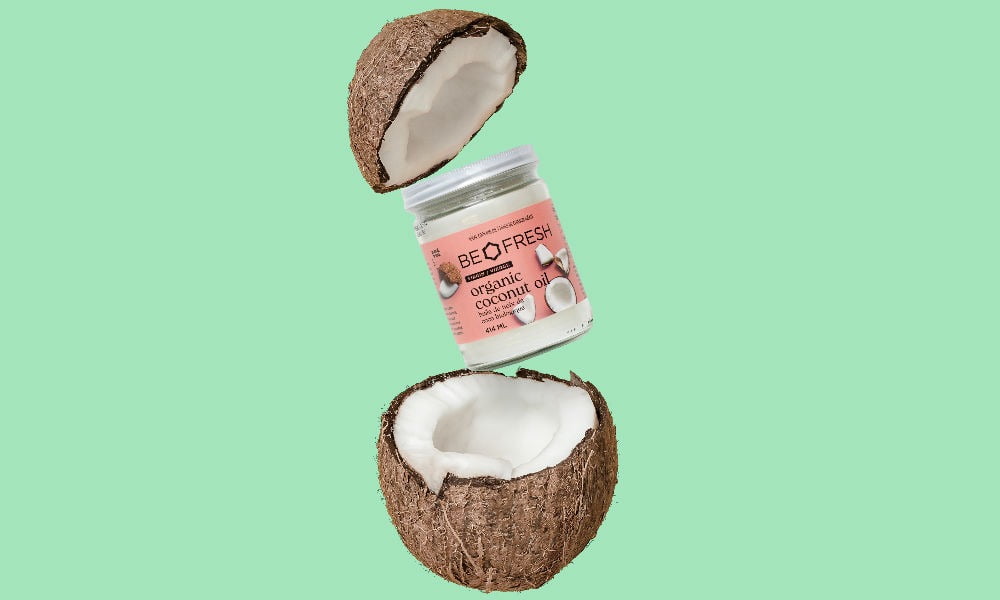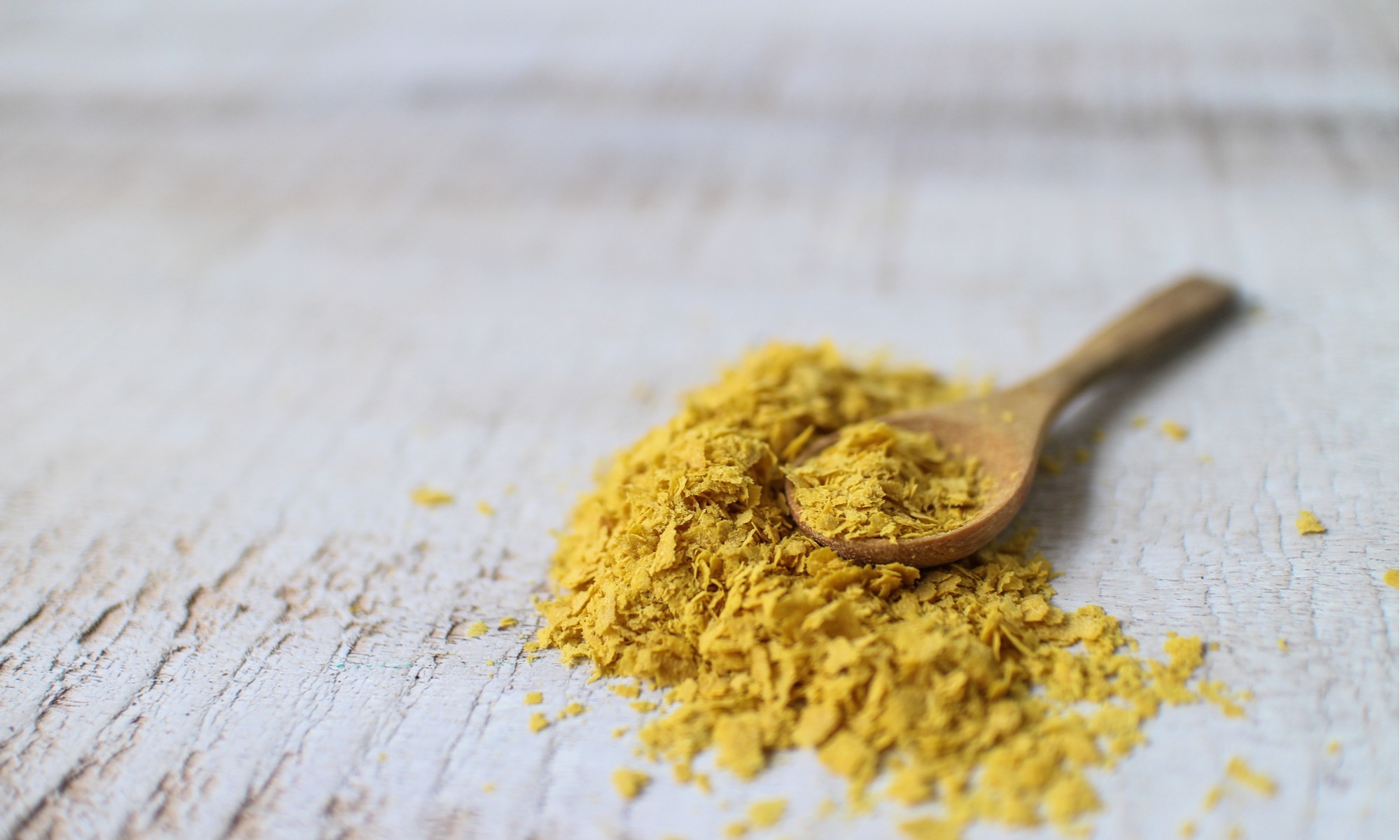
Ghee 101: The How, The What, And The Why
Have you ever tried making pancakes? If you have, you’ll know to make the batter, heat up the pan, add a slab of butter to said pan, wait a few seconds, go to add your pancake batter, and – hold up, the butter got too hot and burnt. You’re bummed, but you cook the pancakes anyway. The final product smells rather burnt and looks like it too, but they’re still pancakes so you eat them… begrudgingly nonetheless.
Well, we’re here to offer some consolation: the burnt pancakes were (kind of) not your fault. That’s just the butter, and more specifically the proteins in the butter. Butter is made up of three components: fat, water, and milk solids, which house the proteins. The milk solids don’t make up much of the butter itself (less than 5%) but can seriously leave a mark when not handled properly (aka your burnt pancakes). That’s where ghee comes in.
What’s Ghee?
Ghee, or clarified butter as some say (although this is wrong, we’ll get to that later), is the butter without the milk solids. It’s simply the fat and water.
How To Make It
To make ghee, simply add large amounts of butter to a pot and heat it up until the milk solids separate and float to the top. Butter = yellow, milk solids = white. If you were to make clarified butter, you’d simply skim/strain off the white milk solids from the top. For ghee, keep heating the butter until the milk solids brown and sink to the bottom. Once they’ve sunk, strain the liquid through a cheesecloth. The remaining golden liquid, my friends, is your ghee. It keeps much longer than butter, has a high smoke point, and you can cook pretty much anything with it (like searing meats or sauteing veggies). Ghee and clarified butter are similar cook-wise, but ghee adds a rich, nutty flavour. This makes your pancakes char-free and exceptionally tasty.
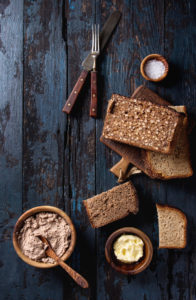
How To Use It
Treat ghee like any other cooking oil. Roast meat with it, saute vegetables, COOK PANCAKES. It’s especially popular in Indian and Southeast Asian cooking for curries and dals. Really just use it to cook however you like – you won’t have to worry about burntness – or add it onto bread, toast, or waffles to replace butter. The possibilities are endless.
Other Benefits
Besides its high smoke point and nutty flavour, ghee also has other benefits too. First, it’s free of lactose and casein. Because these milk proteins are skimmed off, many people with sensitivities to lactose or casein don’t have the same issues with ghee. Second, it also contains fat-soluble vitamins like A, E, and K, which can help balance hormones. Others have found that it supports digestion, has shown promising results as a potential food for decreasing risk of cardiovascular disease, and can help with weight management.
All in all, while you shouldn’t go chugging the stuff, it could be a good thing to incorporate into your diet, especially to replace butter or other cooking oils. And you should definitely use it to cook your pancakes.
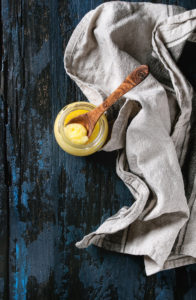
Sources:
https://www.ncbi.nlm.nih.gov/pmc/articles/PMC3766171/
https://www.ncbi.nlm.nih.gov/pubmed/22131700
https://www.epicurious.com/ingredients/difference-between-clarified-butter-ghee-brown-butter-article
https://www.abeautifulplate.com/clarified-butter-ghee-and-brown-butter/


